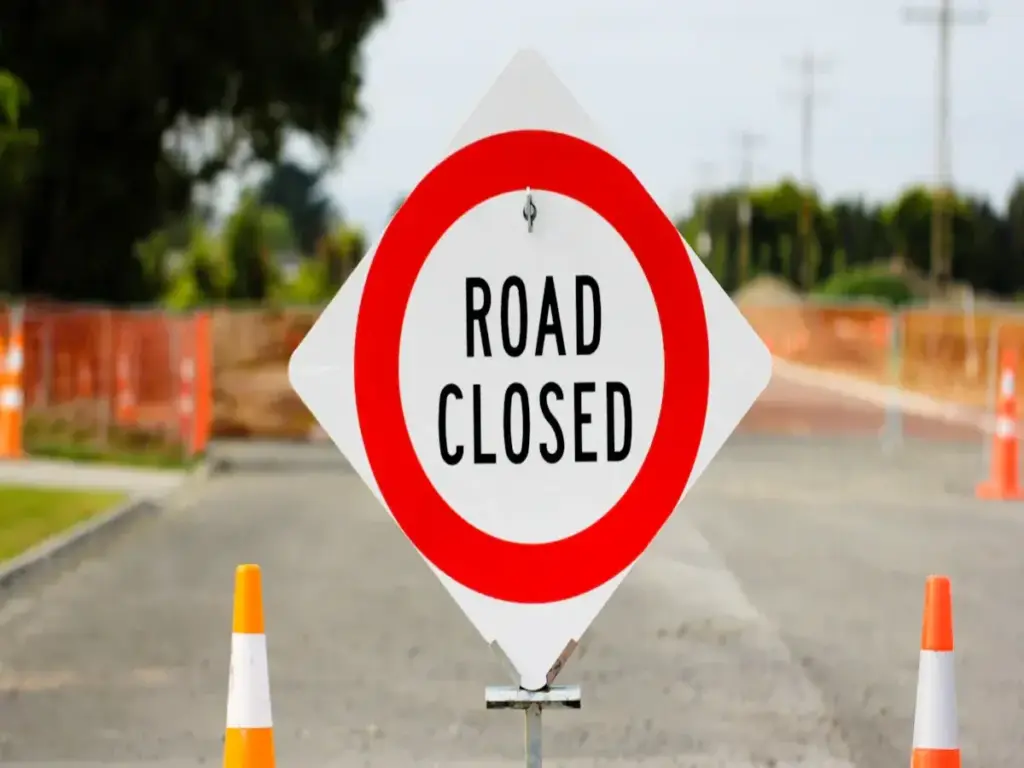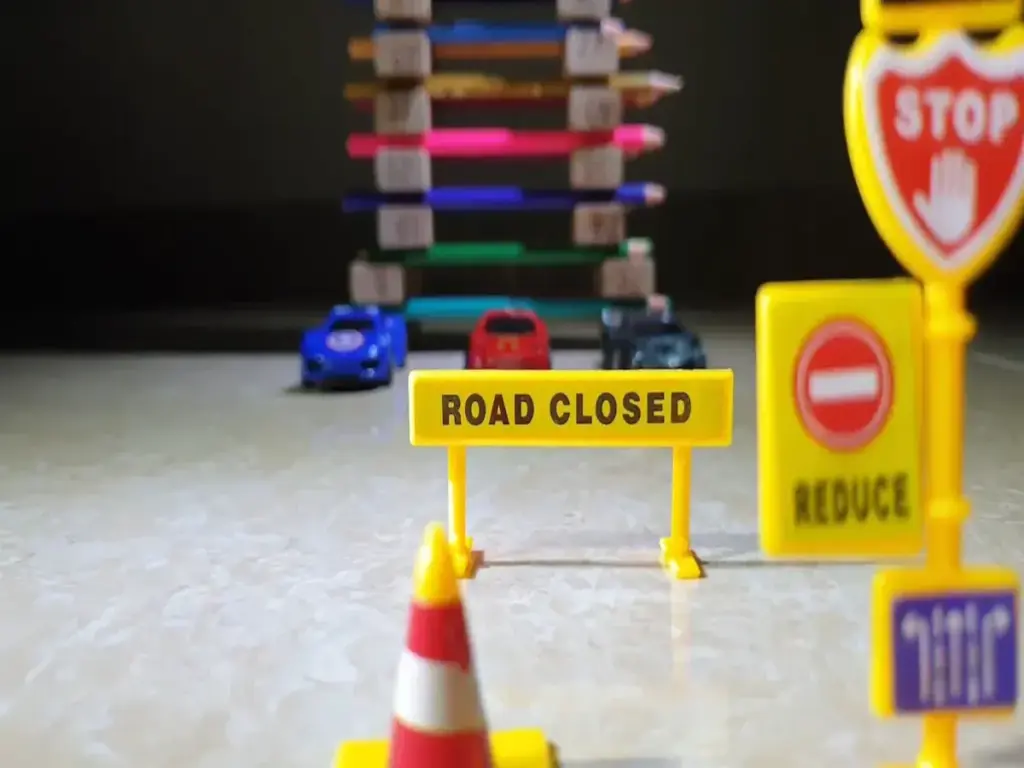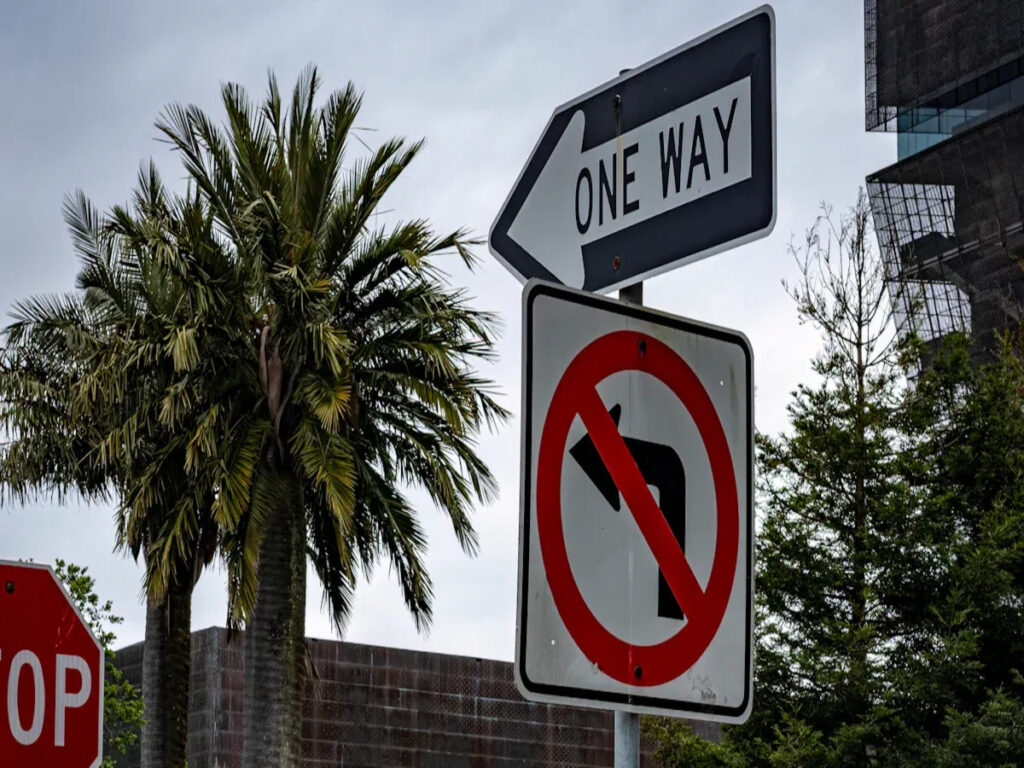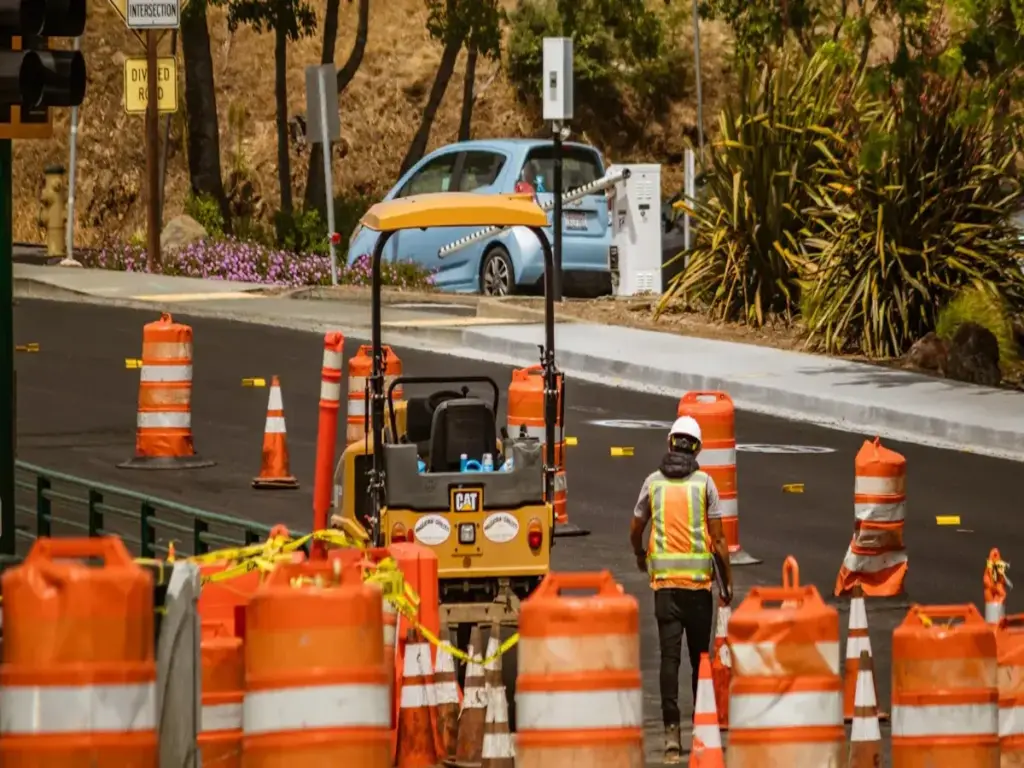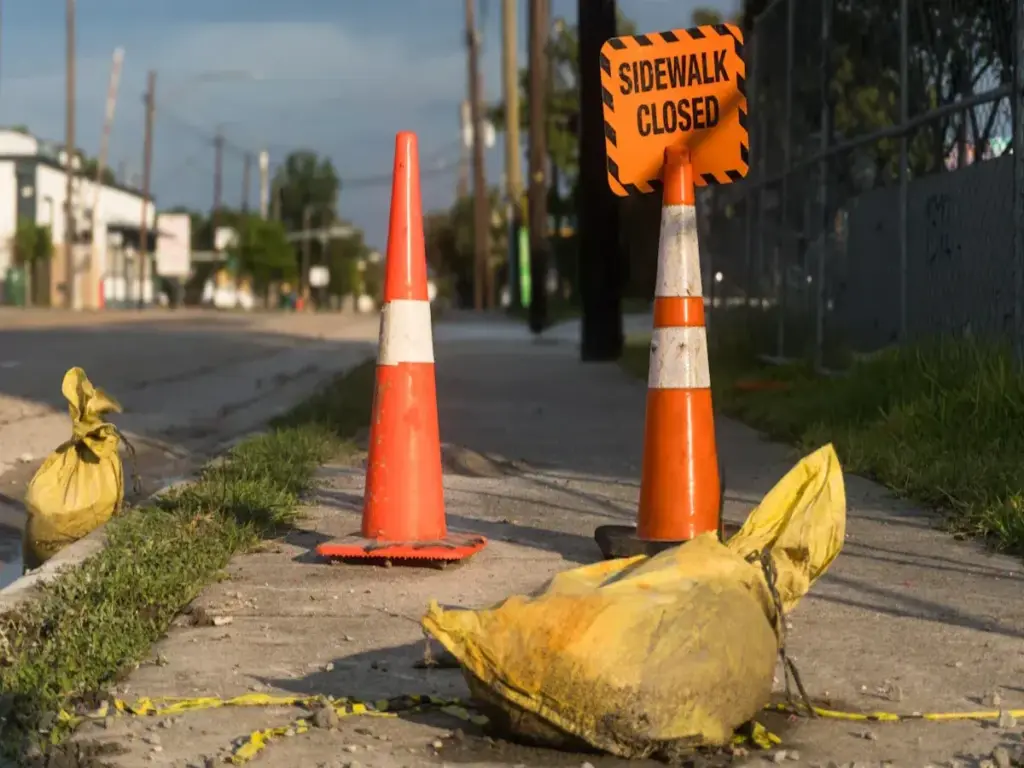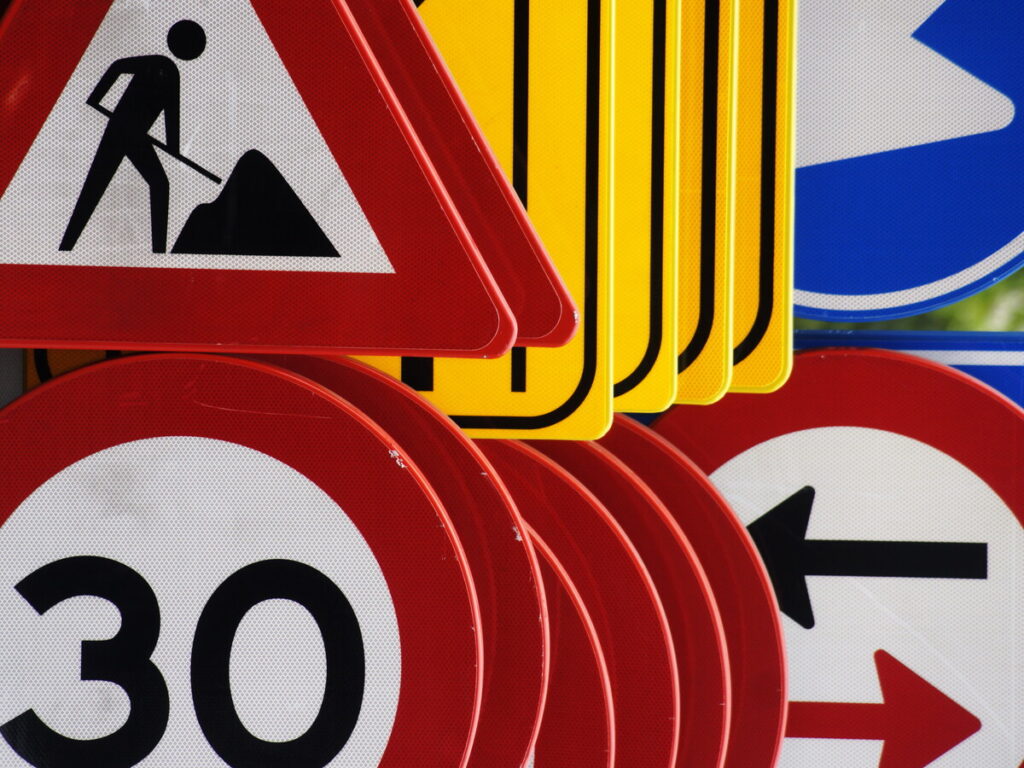
Regulatory road signs in the UK tell you what you must do. They are rules for everyone on the road. Many drivers find it hard to understand road signs. Surveys say over 60% of people do not know what the ‘no entry’ sign means. Many people are still confused about important signs. The highway code says blue and white circular signs give mandatory instructions. Red circles mean you are not allowed to do something. Knowing these differences helps learners pass the driving theory test. It also makes the roads safer for all.
| Colour | Meaning | Description |
|---|---|---|
| Blue and white | Mandatory signs | Circular, show required actions or behaviours |
| Red circle | Prohibition signs | Forbid specific actions, such as ‘no entry’ |
At OPTRAFFIC, we provide clear, easy-to-understand regulatory road signs that comply with UK traffic regulations. Our signs help drivers follow the rules and keep roads safer for everyone. Explore our range today to ensure your signage meets the highest standards of clarity and compliance.
Key Takeaways
- Regulatory road signs show rules for drivers. Red circles mean you must not do something. Blue circles mean you must do something.
- Mandatory signs are blue and round. They have white symbols. These signs tell you what you must do, like turn left or keep right.
- If you ignore regulatory signs, you can get a fine. You might get penalty points or lose your licence. Following these signs keeps you safe and legal.
- Knowing the shapes and colours of signs helps you pass your theory test. It also helps you drive safely on UK roads.
- Police and cameras make sure people follow these rules. If you know and obey the signs, you can avoid accidents and stay out of trouble.
Regulatory Road Signs Overview
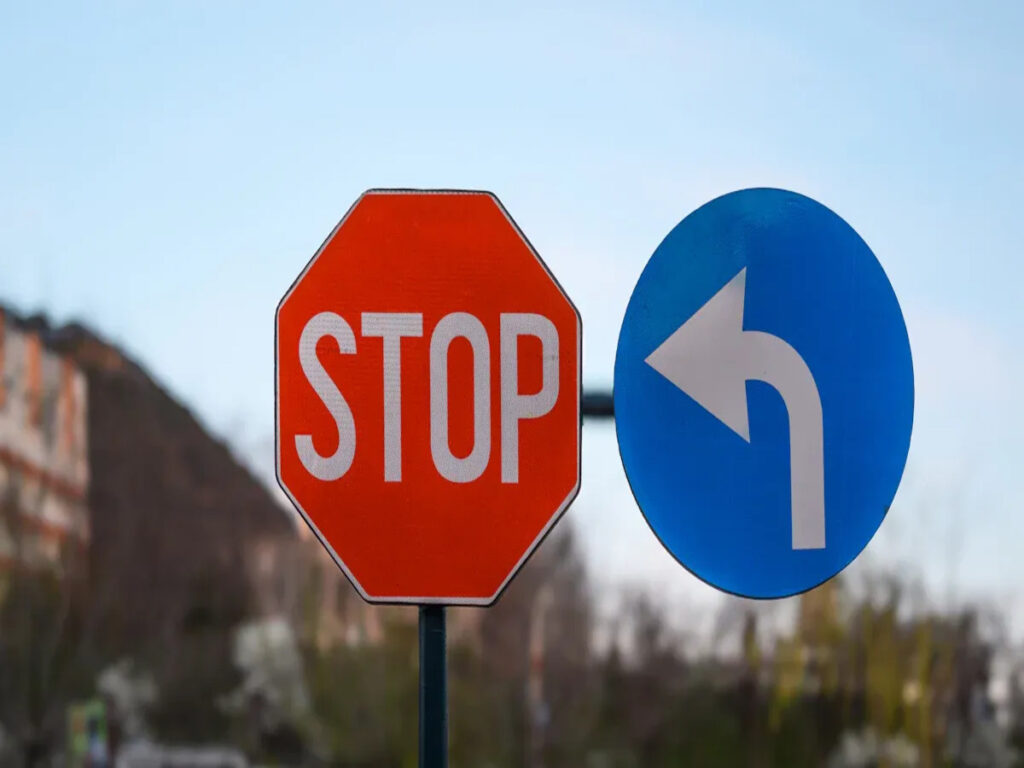
Regulatory road signs are very important for safety in the UK. These signs tell drivers what they can or cannot do. They help control cars, stop crashes, and keep people safe. It is important for everyone to know about prohibitory and mandatory signs.
Types of Regulatory Signs
Road signs in the UK are put into groups. Most regulatory road signs are round. Round signs give orders that drivers must obey. There are two main kinds:
- Red circles mean you cannot do something. These signs tell drivers what is not allowed.
- Blue circles give instructions. These signs tell drivers what they must do.
- There are some special cases, like the octagonal ‘Stop’ sign and the upside-down triangle ‘Give Way’ sign.
- Rectangle signs usually tell you about waiting or zone rules.
Different groups of road signs help drivers learn the rules fast. Many regulatory signs need a Traffic Regulation Order, but some do not.
Note: Triangle signs warn about dangers, and rectangle signs give information. Only round signs are used for rules you must follow.
Prohibitory vs Mandatory Signs
Knowing about prohibitory and mandatory signs helps drivers obey the law. Prohibitory signs have a red circle. They say you cannot do things, like “no entry” or “no U-turn.” Mandatory signs have a blue circle. They tell you what you must do, like “turn left” or “keep right.” Both types are regulatory road signs.
Here are some examples of regulatory signs:
| Sign Shape | Colour | Meaning |
|---|---|---|
| Circle | Red border | Prohibition |
| Circle | Blue | Mandatory instruction |
| Rectangle | Various | Waiting restrictions |
Different groups of road signs help drivers see and understand the rules. Knowing about prohibitory and mandatory signs is important for safe driving and passing the theory test.
Mandatory Signs Explained
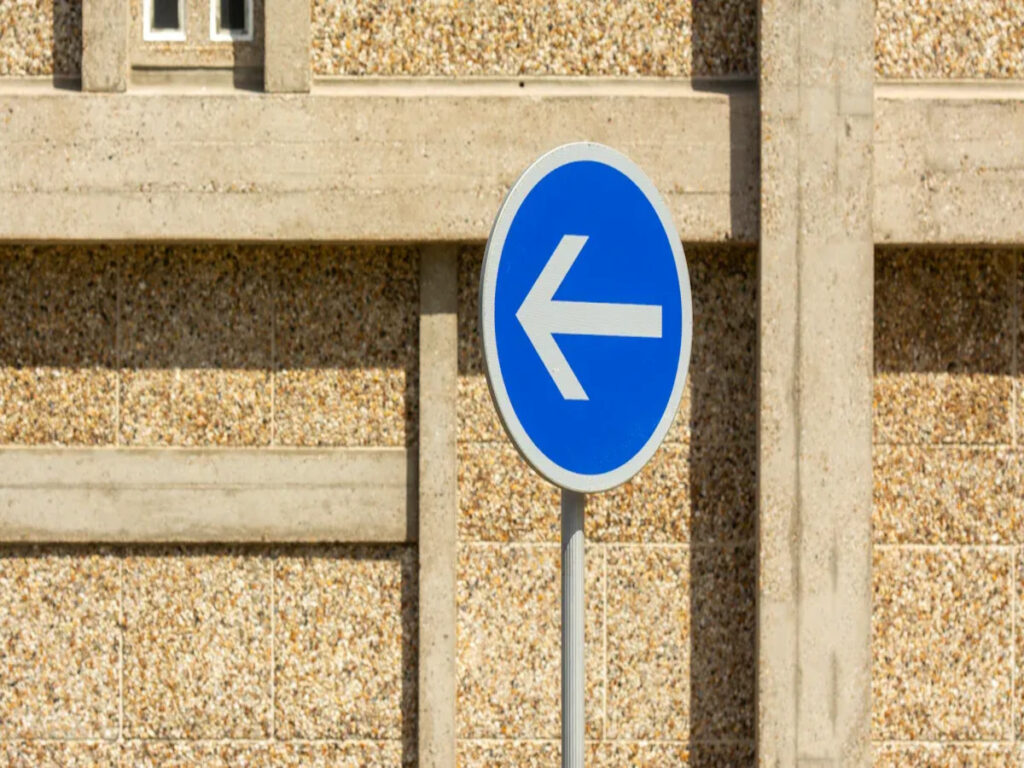
Appearance and Meaning
Mandatory signs in the UK look different from other signs. They are always blue and round. The blue colour covers most of the sign. There is a white picture in the middle. This makes them easy to see from far away. The white symbol shows what drivers must do. For example, a white arrow pointing left means all cars must turn left.
Blue circular signs always show something you must do. Drivers need to follow the white symbol’s instruction.
Mandatory signs are not the same as prohibitory signs. Prohibitory signs have a red circle. They tell drivers what they cannot do. Mandatory signs have a blue circle. They tell drivers what they must do. The different colours help people know the rules quickly.
| Feature | Mandatory Signs (Blue) | Prohibitory Signs (Red) |
|---|---|---|
| Shape | Circle | Circle |
| Colour | Blue with white pictogram | Red border, white centre |
| Meaning | Required action | Prohibited action |
Common Mandatory Instructions
Mandatory signs give simple rules for safe driving. You often see them at junctions and roundabouts. They are also on busy roads. Here are some common mandatory signs:
- Turn left: A white arrow on blue means turn left.
- Turn right: A white arrow on blue means turn right.
- Keep left or right: Arrows show which side to pass.
- Mini-roundabout: Three arrows in a circle mean follow the roundabout.
- Cycle lane: A white bike on blue means only cycles can use that lane.
These signs help traffic move safely and smoothly. Drivers who follow mandatory signs help stop accidents and confusion.
Key Differences in UK Road Signs
Legal Implications
Regulatory road signs show rules for everyone on the road. Drivers must always follow these signs by law. The highway code says breaking these rules can be serious. Mandatory signs use blue circles and give orders drivers must follow. Prohibitory signs use red circles and tell drivers what they cannot do.
If you do not follow a mandatory sign, it is a crime. For example, if you ignore a flashing arrow sign, police can fine you £100 and add three points to your licence. Sometimes, the court can make the fine £1,000 or ban you from driving. These punishments show that the law takes mandatory signs very seriously. Other regulatory signs, like speed limits or no entry, also have fines and points. The law uses these punishments to keep roads safe and make sure everyone follows the rules.
| Type of Sign | Legal Status | Typical Penalty |
|---|---|---|
| Mandatory (Blue) | Criminal offence | £100 fine, 3 points, possible ban |
| Prohibitory (Red) | Criminal offence | Fine, penalty points |
Note: Both types of regulatory signs are rules you must follow. Breaking these rules can change your driving record and insurance.
Enforcement and Compliance
Police and cameras help make sure drivers follow the signs. They look for people who break the rules. If you do not follow a mandatory sign, police can stop you and give you a fine right away. Cameras can also catch people who drive in bus lanes or do not follow turn signs.
Local councils and road teams put up signs and paint lines to help drivers. They put signs where everyone can see them. Road safety teams check that signs are easy to read and not hidden by trees or other things.
Drivers who do not follow these signs can cause crashes or traffic jams. Insurance companies might make you pay more if you get penalty points. The law wants every driver to know what each sign means and act safely.
Tip: If you learn the shapes and colours of signs, you can spot rules quickly. The highway code has clear pictures and explains every sign.
Regulatory Road Signs and the Driving Theory Test
Importance for Learners
All learner drivers in the UK need to know regulatory road signs. The driving theory test checks if you can follow road rules. These signs give legal orders that everyone must obey. Circular signs are very important in the test. Red circles mean you cannot do something. Blue circles mean you must do something. The test uses these signs to see if you can drive safely and legally. Knowing road signs is very important for passing the test. If you do not know them, you might fail or break the law.
Tip: Learn the shapes and colours of signs before your test. This will help you answer questions quickly and get them right.
Common Test Questions
Many learners find questions about regulatory and mandatory signs hard. The test often asks what different signs mean or what you should do. Some signs look almost the same, which can be confusing. For example, a blue circle with a white arrow means “turn left.” A red circle with a line through it means “no entry.” Learners sometimes mix these up.
| Road Sign | Percentage of Learners Misunderstanding |
|---|---|
| With-flow bus and cycle lane | 79% |
| Minimum speed sign | 70% |
| No entry sign | 62% |
| No stopping sign | 41% |
| No waiting sign | 42% |
| Recommended route for pedal cycles | 57% |
| Route to be used by pedal cycles only | 46% |
| Turn left sign | 54% |

Learners often mix up regulatory and mandatory signs because they look similar or use the same symbols. Many people think bus lanes are always for buses, but some let cars use them at certain times. The driving theory test checks if you know these facts. Getting these wrong can mean failing the test or getting fines and penalty points later.
UK Road Signs in Law and Practice
TSRGD 2016 Overview
The Traffic Signs Regulations and General Directions 2016 is a law for road signs. It tells councils how to make and put up signs. The TSRGD 2016 gives rules for regulatory and mandatory signs. It says what shapes, colours, and symbols must be used. This law makes sure all signs look the same everywhere. The highway code uses these rules to teach drivers about signs. The Traffic Signs Manual gives advice, but TSRGD 2016 is the main rule. No one can change these legal rules. The law helps keep roads safe and helps drivers know what to do.
The TSRGD 2016 is also like many European rules. The UK uses colours and symbols that are easy to spot. Blue circles show what drivers must do. Red circles show what drivers cannot do. The highway code and government guides help people learn these signs. These guides include ‘Know your traffic signs’ and the highway code.
Real-World Examples
You see regulatory signs on busy roads every day. On the M25, speed limit signs tell drivers how fast to go. These signs have a red circle with a number inside. Drivers must follow these limits or get a fine and points. In city centres, no entry signs stop cars going the wrong way. These signs help stop crashes and keep traffic safe.
Mandatory signs are important too. At roundabouts, blue signs with white arrows show which way to go. Cycle lanes have blue signs with a white bike symbol. Only cyclists can use these lanes. The highway code explains these rules with pictures and easy words.
If a driver does not follow a regulatory sign, police can give a fine or points. Courts can even ban a driver for serious offences. Following the highway code and TSRGD 2016 keeps everyone safe and out of trouble.
| Location | Sign Type | Purpose |
|---|---|---|
| M25 Motorway | Speed limit | Control speed, reduce accidents |
| City Centre | No entry | Prevent wrong-way driving |
| Roundabout | Turn left arrow | Guide traffic flow |
| Cycle Lane | Cycle only sign | Protect cyclists |
Knowing the difference between regulatory and mandatory signs keeps drivers safe and legal. Regulatory signs are round and give orders to drivers. A red circle means you must not do something. A blue circle tells you what you must do. UK driving instructors give these tips:
- Red circles: Prohibitions. Try to remember, “Red Ring Means No Thing.”
- Blue circles: Mandatory actions.
Drivers can look at the TSRGD 2016 or try a practice theory test to get better and learn more.
FAQ
What is the main difference between regulatory and mandatory signs?
Regulatory signs make rules for everyone on the road. Mandatory signs are a kind of regulatory sign. They tell drivers what they must do. Both types are round, but they use different colours and instructions.
How can drivers quickly identify a mandatory sign?
Drivers can find a mandatory sign by its blue round shape. It has a white symbol in the middle. This always shows something drivers must do, like turn left or keep right.
Are triangular road signs the same as regulatory signs?
Triangular road signs are not regulatory signs. They warn drivers about dangers ahead. Regulatory signs give orders. Triangular signs help drivers get ready for possible hazards.
Where do rectangular road signs fit in UK road sign categories?
Rectangular road signs usually give information or advice. They do not give orders or warnings. Drivers see these signs for directions, parking, or other useful details.
What happens if a driver ignores a regulatory sign?
If a driver does not follow a regulatory sign, they might get a fine or points. Police and cameras check if people break these rules. Following regulatory signs keeps everyone safe and stops legal problems.


